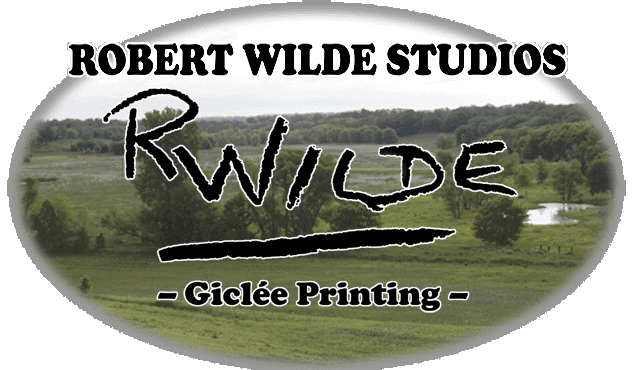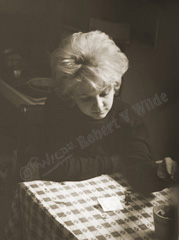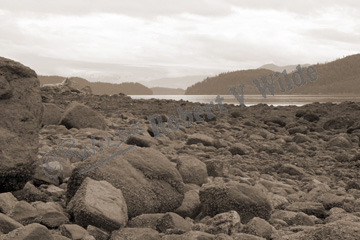 |
Archival Digital Photo Printing Digital Restorations |
 |
 |
Nancy at Tea |
Mitkof Beach, Alaska |
Photograph printed with Piezography® K7 Carbon Pigment Inks. |
"Piezography is revolutionary and has, overnight, changed the history of photography. It is the answer to traditional photography's toxic chemical heritage and is environmentally safe and sustainable. The print is as aesthetically beautiful as silver, and as archival. The control in the "lightroom" over tonal values is light-years beyond what we ever had in the 'darkroom'." - George DeWolfe |
 |
 |
Photograph printed on canvas with gallery wrapped edges. |
It is beautiful. I am amazed that it seems to have lost nothing in the enlargement. It far exceeds my expectations, considering that the original image is only a snapshot and was never destined to be Great Art... There will be future orders. Thanks for good work. J Reed |
 |
 |
Photograph printed on Hahnemuhle Photo Rag Paper. |
Photo Printed on Aluminum Sheet. |
Piezography® is a digital monochrome print process developed by Jon Cone, an early pioneer in digital fine art printing. Cone Editions Press makes several sets of inks varying from warm black to neutral and cool black. I use Piezography K7 Carbon inks, consisting of pure carbon pigment ink in seven dilutions that range from warm black to almost white, The print software spaces the dots so close together that the ink dots can not be seen in even the lightest values producing a smooth gradient from white to black. It will though print the silver halide crystals if you used a grainy B & W negative or the digital noise if your digital photo was under exposed. The degree of warmth will depend on the paper used. K7 Carbon ink does not work well with gloss photo papers, the coating on these photo papers does not absorb pure pigment inks so choose a matte paper, such as Hahnemuhle Photo Rag, Hahnemuhle Photo Rag Bright White or LexJet Archival Matte (use EPexhibitionFiber-rgb.icc for proofing), for your prints.
Most printers produce black and white prints using two or three shades of black/gray ink and producing the other values of gray by mixing complimentary colored inks. A slight shift in color balance leaves the photo with color cast that usually seems to go magenta.
If your monitor is calibrated properly and your photo editing software allows soft proofing (displaying your photo as it will look printed) this article from the PiezoPress blog, Piezography soft proofing will describe the process and at the end of the article is a link to the Carbon P2 soft proof ICC profiles that you can use.
Are you ready to try Piezography? Send me a message requesting more detailed information. I use DropBox to transfer files. It can transfer files that are too large to be be emailed. You do not have to have a DropBox account.